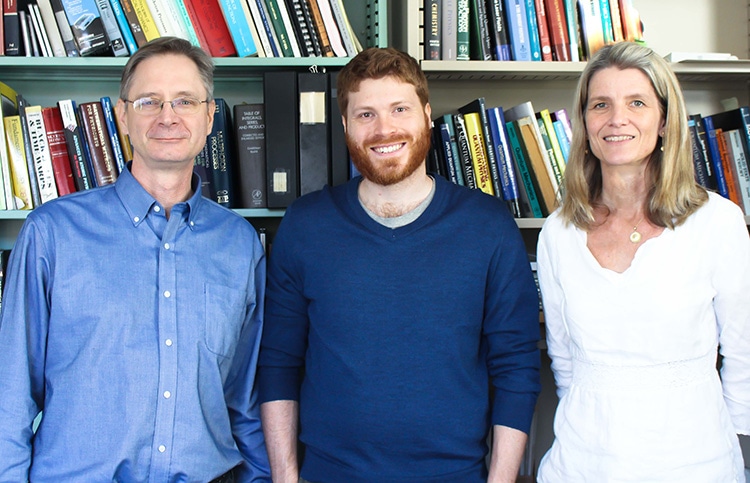Mar 22 2017
 Credit: LSU
Credit: LSU
Electrons get excited and begin to move when they are hit by light. The motion of these electrons as they pass inside and between atoms in a material could be observed with the help of ultrafast x-ray pulses. Controlling ultrafast x-rays is still a difficult process even though scientists have made improvements recently at making ultrafast x-rays.
A new method to direct short bursts of x-ray light that makes use of strong laser pulses has been demonstrated by researchers at LSU and Lund University in Sweden.
This work is really the culmination of years of studies by the strong field laser physics team -- how to use lasers to both make and control x-rays.
Professor Kenneth Schafer, LSU Department of Physics & Astronomy
The new method, recently published in the journal Nature Photonics, uses pulses of infrared laser light in order to change the way that matter interacts with x-rays.
In this study, laser pulses have been used by the researchers at Lund University and LSU in order to change a gas of atoms so that instead of absorbing the x-ray light along one direction, the atoms are stimulated to emit x-ray light along a totally different direction, and at a time that can be controlled by the scientists.
“This makes it possible for us to control the properties of the light, for instance change the direction, change the pulse duration, split the light or focus it,” said Johan Mauritsson, leader of the Lund University team that performed the experiments demonstrating the new effect.
Seth Camp, LSU graduate student, executed the large-scale calculations for direct comparison with the experiments. He is supervised by Schafer and Professor Mette Gaarde from the LSU Department of Physics & Astronomy.
It was exciting for me as a theorist to see such a close connection between the calculations we are doing and the experiments in the lab.
Seth Camp, Graduate Student, LSU
The U.S. Department of Energy, Office of Science supported the work at LSU.